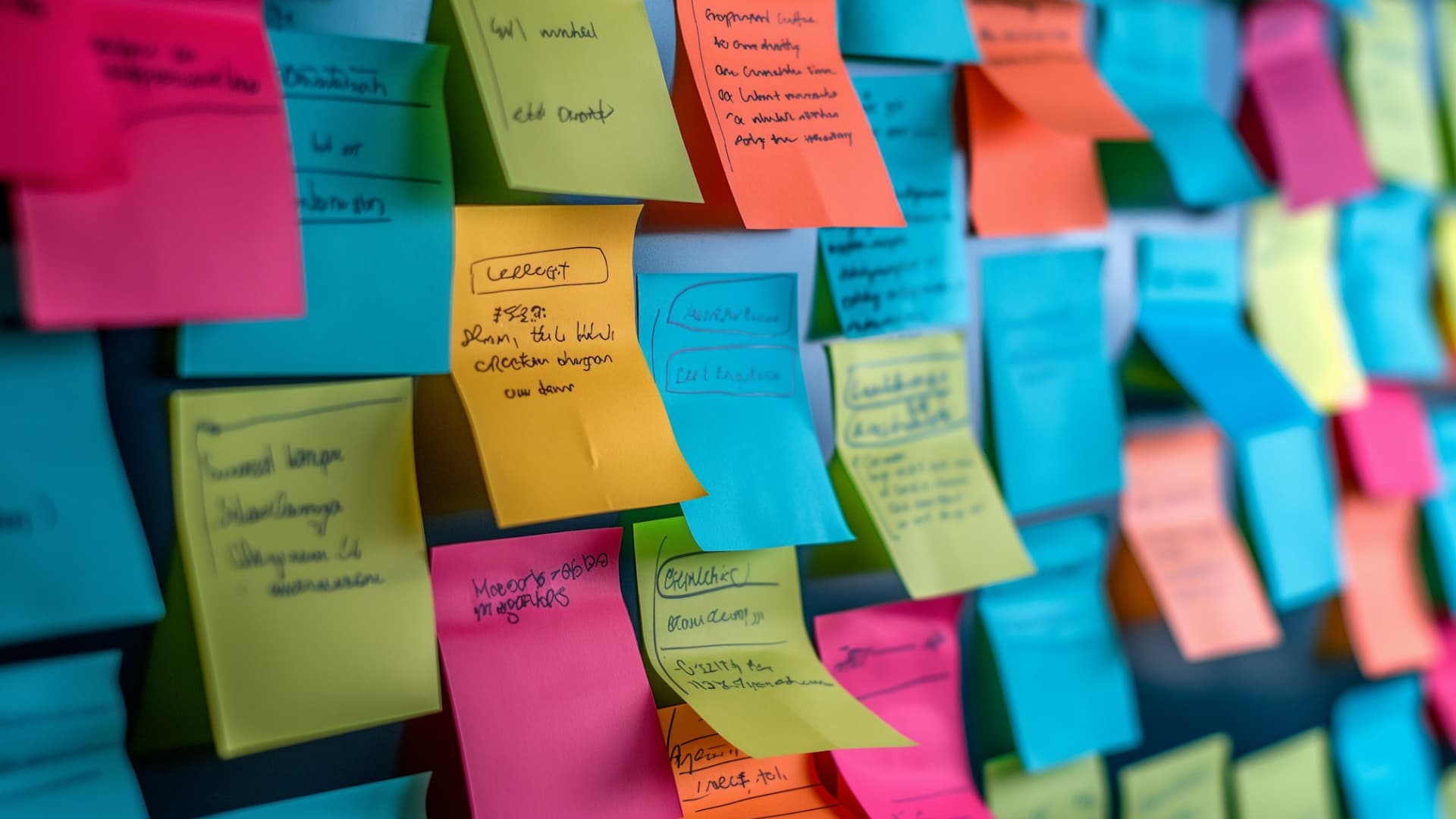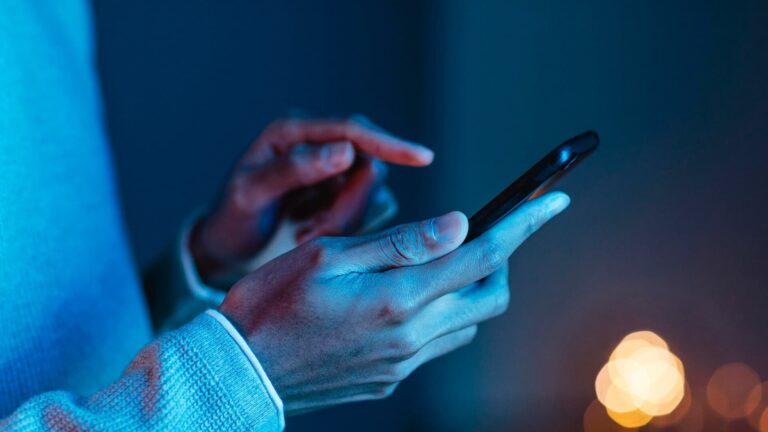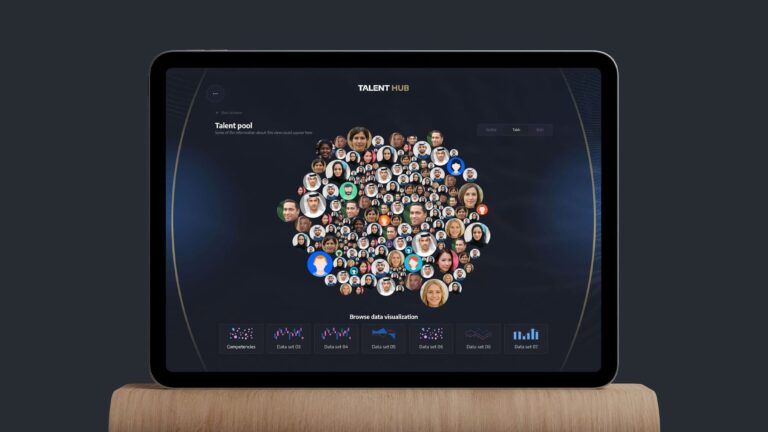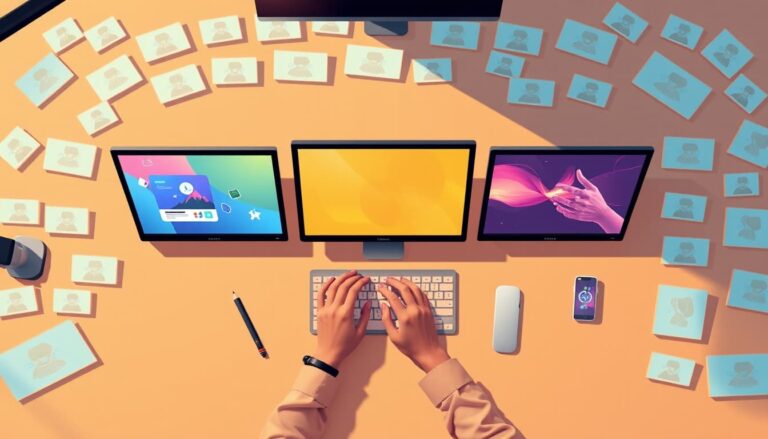In today’s fast-paced digital world, creating designs that truly connect with your audience isn’t just about aesthetic appeal – it’s about strategic thinking and purposeful execution.
As someone who has guided countless designers and brands through their creative journeys, I’ve discovered that the difference between good design and great design often lies in the questions we ask before we even open our design software.
The power of strategic questioning
Have you ever wondered why some designs instantly resonate while others fall flat? The answer usually isn’t in the color palette or typography – it’s in the foundation of understanding we build before diving into the creative process.
Let’s explore the seven essential questions that can transform your design approach and ensure your work doesn’t just look good, but delivers real results.
1. What problem is this design solving?
Design without purpose is just decoration. Every successful design project starts with a clear understanding of the problem it’s meant to solve.
When Airbnb redesigned their app in 2014, they weren’t just creating a prettier interface. They were solving the specific problem of trust between strangers in the sharing economy.
The result?
A design that emphasized user profiles, reviews, and verification badges, leading to a 300% increase in bookings.
Many designers jump straight into the creative phase without clearly defining the problem. Take time to write down the specific issue your design needs to address, and keep it visible throughout your process.
2. Who is this design for?
Understanding your audience goes beyond basic demographics – it’s about getting into their mindset, habits, and daily lives.
Good design is not just what looks good. It also needs to perform, convert, astonish, and fulfill its purpose.
Thomas Vasquez, UX Research Director at Google
Create detailed user personas that include:
- Daily routines and habits
- Pain points and frustrations
- Goals and aspirations
- Technical comfort level
- Environmental context of use
3. What emotions do you want to evoke?
Emotions drive decisions, and great design taps into this fundamental truth.
Studies show that customers who feel an emotional connection to a brand have a 306% higher lifetime value – Harvard Business Review, 2016
Create an emotion board before your mood board. List primary and secondary emotions you want your design to trigger, then map visual elements that can evoke these responses.
4. What don’t you want?
Sometimes, knowing what to avoid is as crucial as knowing what to include.
I once worked with a healthcare client who couldn’t articulate what they wanted but immediately recognized what they didn’t want when they saw it.
This “process of elimination” approach led us to a groundbreaking design that won industry awards.
5. Any specific examples you admire?
While originality is crucial, drawing inspiration from successful examples can provide valuable insights.
Create a “swipe file” of designs you admire, but don’t just collect them – analyze why they work and how they solve similar problems to yours.
6. How will we measure success?
Without clear metrics, it’s impossible to know if your design is truly effective.
Key performance indicators to consider:
- User engagement rates
- Conversion metrics
- Time spent on page
- User feedback scores
- Brand recall rates
7. Are you open to new ideas?
Innovation happens at the intersection of tradition and experimentation.
By 2025, we’ll see a significant shift toward adaptive designs that change based on user behavior and contextual data, making flexibility in design thinking more crucial than ever.
Taking action
The difference between good designers and great ones often lies not in their technical skills, but in their strategic approach. By incorporating these seven questions into your design process, you’re not just creating visuals you’re creating solutions that drive real results.








